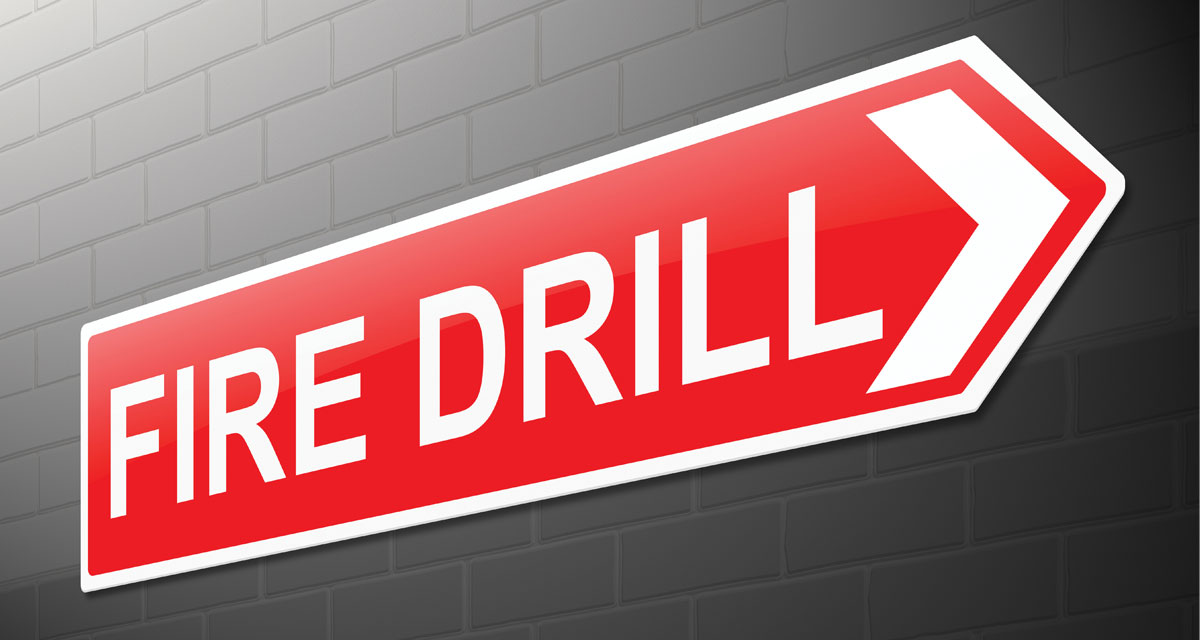Each month, this series will provide important facts and tips surrounding child safety in an effort to support parents and caregivers as they navigate reducing risks and creating the safest environment possible for the children in their lives.
As parents and caregivers, the importance of teaching our children the basics of fire safety and practicing home fire drills cannot be overstated in case of emergency.
According to the National Fire Protection Association (NFPA), U.S. fire departments respond to an average of 350,000 home structure fires annually, resulting in more than 2,500 deaths and 12,600 injuries. Taking time to create a fire safety plan and establish regularly practiced home fire drills during the year can make the difference between life and death.
This month, we’re sharing why home fire drills are essential for child safety as well as how to best implement a unique plan for yourself and your household.
Understanding the Importance of Home Drills
Rapid Response
In the event of a fire, every second counts. Home fire drills teach family members of all ages how to respond as fast and effectively as possible during a fire.
Reduced Panic
Emergencies can be scary and chaotic. A level head is going to be the best tool in survival! Family practice drills help familiarize everyone with the escape plan allowing them to feel more prepared and less panicked so they can act fast.
Established Exits
There are multiple scenarios for house fires which can eliminate the main exit(s) to your home, therefore, identifying safe and alternate routes from multiple areas of the house is crucial.
Creating a Home Fire Drill Plan for Your Family
Fire drills take place in schools, churches, office buildings and more. As we’ve established, your home is just as important. Here are 10 steps to take to create an effective home fire drill plan for your family.
#1 Use a Floor Plan
Draw it out or use a virtual design tool to create an accurate floor plan of your home that includes all floors of your home and shows details for every possible exit including doors and windows. Make copies and share with family where you’ll place them.
#2 Select Meeting Places
The National Fire Prevention Association recommends choosing at least two safe meeting points outside of your residence for all family members to meet once they exit the home. One should be close by such as the front yard while the other should be at a neighbor’s house.
#3 Check Smoke Detectors
Your home should be equipped with working smoke detectors as well as carbon monoxide detectors. Each month, you should test these alarms, and each year, you should replace the batteries.
#4 Define Roles for Family
Assign specific roles to each family member during the drill. Who is helping younger children out? Who calls 911? Etc.
#5 Practice Schedule
Once you establish your family fire drill plan, it needs to be repeated throughout the year, practicing during the day and night.
#6 Avoiding Smoke Inhalation
Teach and practice how to get low to the ground and crawl in the event of fire. Knowing smoke rises, help everyone understand the importance of this.
#7 Stop, Drop and Roll
It may feel silly, but the effectiveness of stopping, dropping and rolling can help smother flames and eliminate burns, so practice how to do this together.
#8 Set Up a Fire Escape Ladder
If you have a multiple story home, install a simple fire escape ladder at the widows of your upper bedrooms and practice using it. Most options are affordable and can be purchased online. .
#9 Infants & Young Children
Know who will get babies and small children out. Teach kids to touch doors with the back of their hand before opening them to feel for heat. If a door is hot, they should not open it.
#10 Plan for Pets
Assign someone to be responsible for your pets to help them escape. Have pet carriers and leashes kept in the same place for emergency access and consider a fire escape sticker on the front and back window of your house showing pet information like type of animal and their names or descriptions.
Remember That Home Fire Drills Save Families
Take the time this month to talk with your family about fire safety and what to do should a house fire occur. While it can be scary to talk about the “what ifs,” you can do so in an age appropriate way that empowers everyone in the house with the knowledge and skills necessary to escape a fire safely. Set reminders on your calendar throughout the year to review your fire escape plan and practice drills as a family.
Taking Action When an Incident OccursRemember, should a fire-related incident occur and you or your family need emergency assistance, call 911 immediately. Should you or your child experience a fire or smoke-related injury, don’t wait to head to your nearest emergency room or call 911. Helpful Resources to Learn More
Safe Kids Worldwide: https://www.safekids.org/start-safe-fire-resources-parents



















